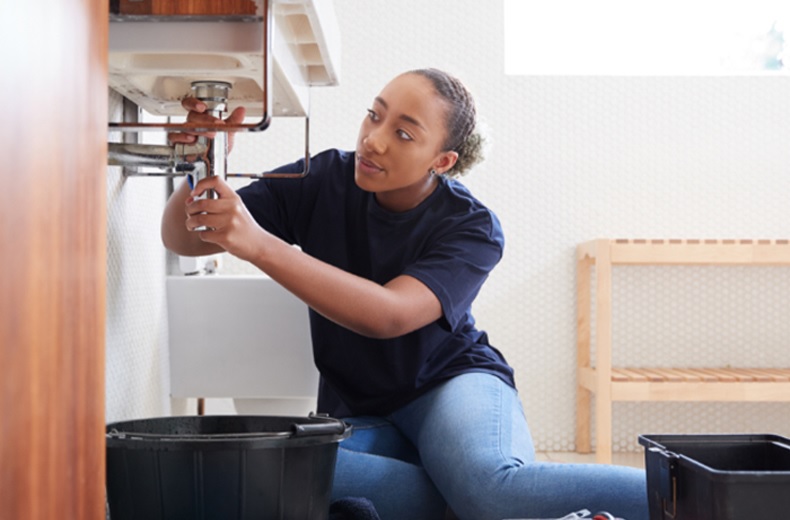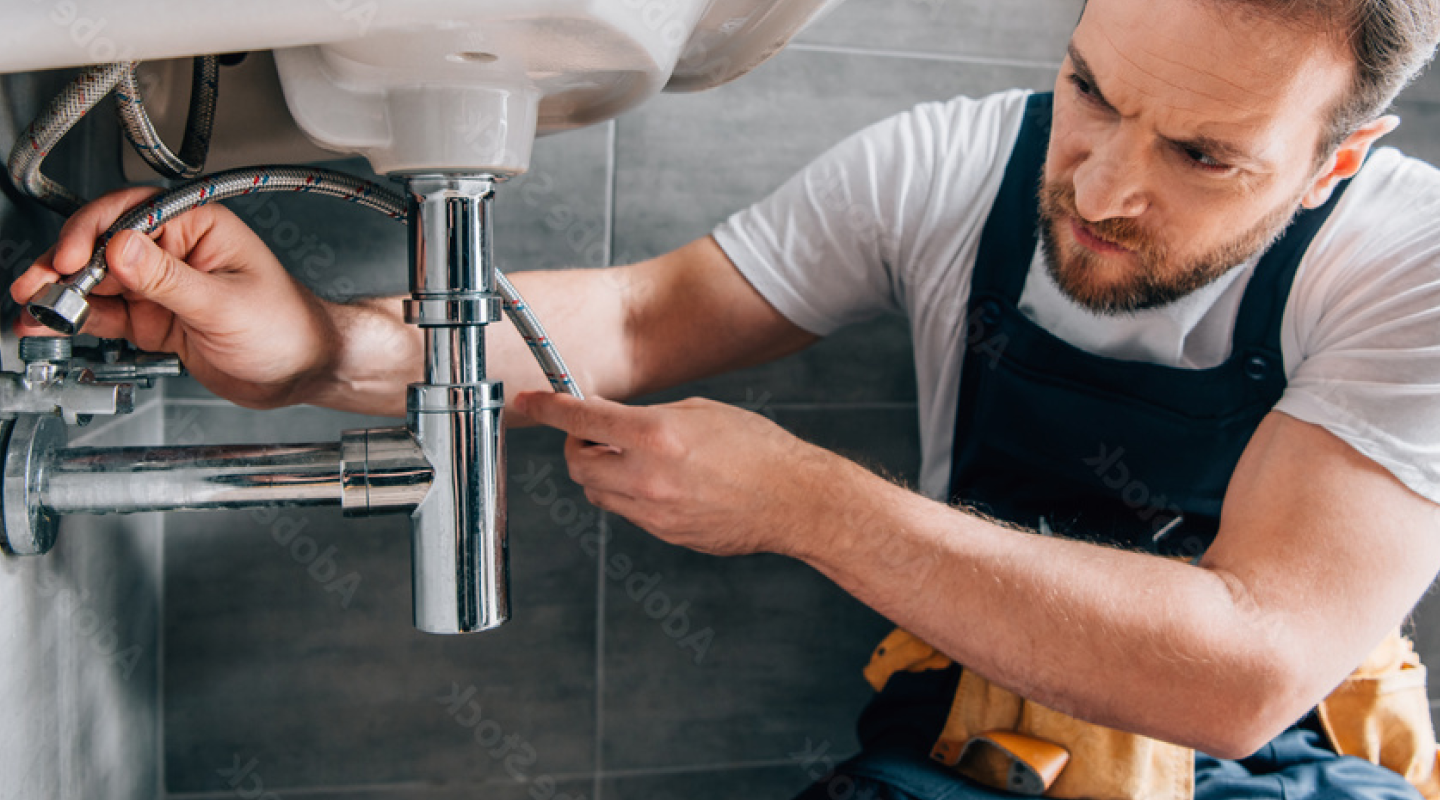Specialist Water Heater Installation Alabaster AL You Can Trust
A Step-by-Step Guide to Effective Hot Water Heater Setup for Optimal Efficiency
Beginning on the task of mounting a water heater is an endeavor that demands accuracy and a systematic approach for attaining optimal performance. As you proceed, the intricacies of connecting water supply lines and establishing up dependable electric or gas connections wait for, appealing insights into ensuring effectiveness and reliability.
Selecting the Right Hot Water Heater

Next, think about the size and capacity of the water heating unit. It's crucial to analyze your house's hot water demands, which can differ based upon the variety of owners and their usage patterns. A device that's as well small might lead to insufficient hot water, while a large version may lead to unneeded power usage.
Performance rankings also play a critical function in choice. Look for hot water heater with high Power Factor (EF) scores, suggesting remarkable efficiency and reduced power usage. Tankless versions, though commonly more pricey ahead of time, deal considerable power financial savings in time because of their on-demand heating capabilities.
Preparing the Installation Area
Prior to setting up a new hot water heater, careful preparation of the installation area is necessary. This makes certain a smooth installation process and aids avoid future difficulties (Plumbing Alabaster AL). Begin by picking an ideal location that complies with regional building codes and security requirements. The location ought to be dry, well-ventilated, and available for maintenance. It's essential to determine the space meticulously to suit the water heating system's measurements, ensuring appropriate clearance around the system for efficient procedure and maintenance.
Check the flooring for stability, as the water heater will need a strong, degree surface area to run efficiently. If required, mount a drip pan below the device to catch prospective leakages or spills, protecting against water damage to the surrounding area.
Furthermore, ensure that all essential tools and products are on hand before commencing the installment. This consists of products such as wrenches, screwdrivers, a degree, and any type of added equipment required for mounting and safeguarding the heating system. A well-prepared setup location sets the structure for a successful hot water heater configuration, maximizing performance and security.
Connecting Water Lines
When attaching supply of water lines to your freshly set up water heater, it is critical to ensure that all links are safe and leak-free to preserve efficient operation and avoid water damages. Begin by determining the chilly and hot water supply lines. The cool water inlet is normally marked with a blue label or a "C", while the hot water outlet is noted with a red tag or an "H".
Use adaptable water heating system adapters to help with a simpler installment procedure. Before attaching the ports, position a plumber's tape around the threaded ends of the water heater's inlet and electrical outlet pipelines.
Once links remain in location, slowly activate the main water system valve. Check each link for leaks by aesthetically examining and feeling for wetness. Tighten up connections as needed, and make certain the stress alleviation shutoff is properly set up, guarding versus extreme stress build-up.
Setting Up Electrical or Gas Links
Effectively establishing the electric or gas links for your water heating system is an essential action to guarantee secure and reliable procedure. For electrical water heating units, start by validating that the electrical circuit is compatible with the heating system's voltage and amperage demands. Ensure the power supply is shut off at the circuit breaker to stop accidents. Connect the electric cords to the heater following the maker's electrical wiring layout. Typically, this includes connecting the ground wire to the green terminal, and the continuing to be wires to their matching terminals, securing each with cable nuts.
For gas hot water heater, safety and security is paramount. Confirm that the gas supply is off before continuing. Link the gas line to the hot water heater using a versatile gas connector, guaranteeing it find more information is appropriately threaded and sealed with pipeline joint compound or Teflon tape appropriate for gas links. Tighten the connections with a wrench, taking care not to over-tighten (Water Heater installation Alabaster AL).
As soon as links are made, evaluate for any potential leaks. For gas lines, use a soapy water remedy to the joints; bubbles suggest a leakage. For electrical connections, ascertain that all circuitry he has a good point is secure and correctly shielded, maintaining compliance with regional electrical codes.
Adjusting and testing for Efficiency
With the electrical and gas connections safely in location, the next action is assessing the functional performance of your hot water heater. Begin by very carefully transforming on the supply of water and making certain there are no leaks at any of the joints or shutoffs. Once confirmed, proceed to load the storage tank, taking note of the pressure and temperature level settings. It is advisable to set the thermostat to an advised temperature of around 120 ° F(49 ° C) to balance energy performance and comfort.
Following, do a complete evaluation to make certain the home heating components or burner are working properly. For electrical heating systems, make use of a multimeter to verify if the components are attracting the proper current. In gas models, observe the burner flame; it should be blue and stable, showing effective combustion.
Adjust the settings as needed to eliminate inefficiencies. Consider executing insulation actions, such as adding a hot water heater covering, to better improve efficiency by decreasing warmth loss. In addition, check the anode rod's problem, as a worn-out rod can minimize efficiency and bring about storage tank deterioration.
Final Thought
Reliable water heating unit setup is crucial for ensuring optimum performance and energy cost savings. Safely linking water supply lines and meticulously setting up electric or gas connections minimize potential problems.

Appropriately setting up visite site the electric or gas connections for your water heating unit is an essential step to guarantee risk-free and reliable operation. For electric water heating units, start by confirming that the electric circuit is suitable with the heater's voltage and amperage requirements. Link the gas line to the water heating system using an adaptable gas adapter, ensuring it is properly threaded and sealed with pipeline joint substance or Teflon tape appropriate for gas connections.